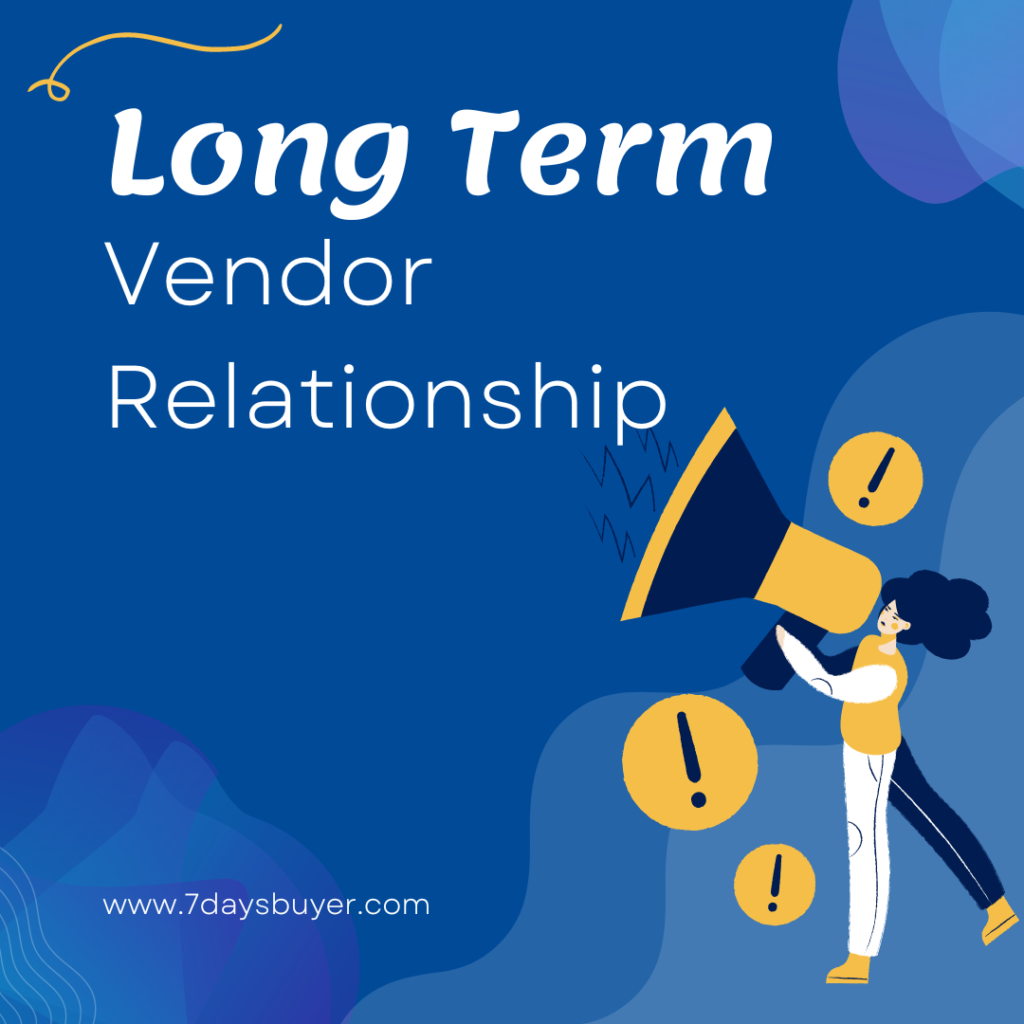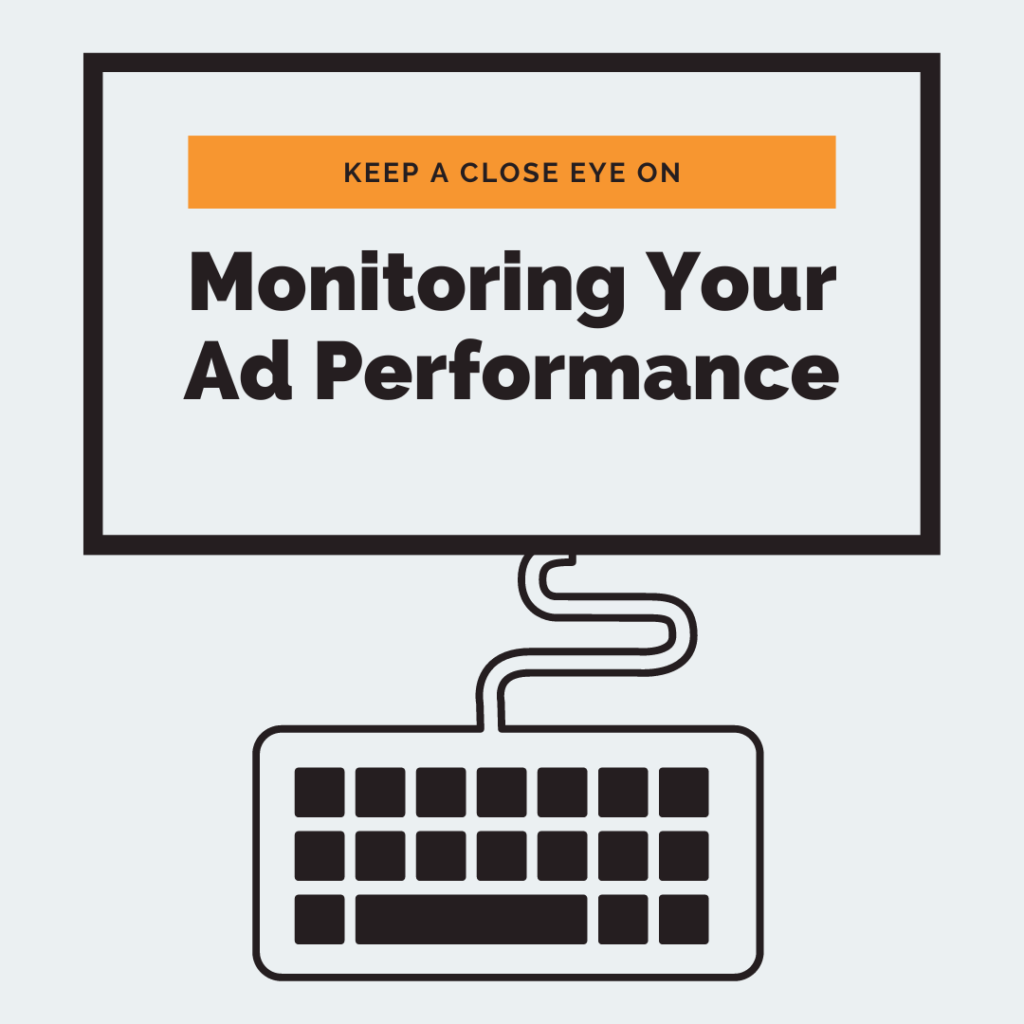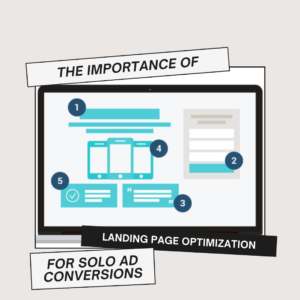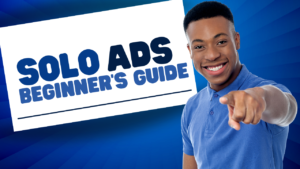 Isn’t it crucial to get the most value for your money, especially for solo ads? As an online marketer, you’re constantly seeking ways to optimize your budget while getting maximum exposure. But how do you negotiate the best deal and secure competitive rates? This is where the art of negotiation comes into play. You’ll discover that it’s not just about haggling but understanding the market, knowing your budget, and building relationships with vendors. Stick around, and you might pick up some valuable tips that could dramatically change your solo ad game.
Isn’t it crucial to get the most value for your money, especially for solo ads? As an online marketer, you’re constantly seeking ways to optimize your budget while getting maximum exposure. But how do you negotiate the best deal and secure competitive rates? This is where the art of negotiation comes into play. You’ll discover that it’s not just about haggling but understanding the market, knowing your budget, and building relationships with vendors. Stick around, and you might pick up some valuable tips that could dramatically change your solo ad game.
Understanding Solo Ads Pricing
Before negotiating the best deal on solo ads, you must understand how solo ad pricing works. It’s more manageable than it sounds. Solo ads pricing is generally based on the number of clicks your ad is expected to generate. If you’re seeking solo ads, you’ll need to consider the cost per click (CPC) and compare this against different providers. The best solo ads provider isn’t necessarily the one with the lowest price. It’s the one that offers a reasonable Udimi solo ads price coupled with high-quality leads. So, don’t just focus on the price tag. Consider the return on investment (ROI) as well. Remember, a high CPC doesn’t guarantee high-quality leads, and a low CPC mightn’t give you the desired traffic volume. When you advertise solo ads, it’s about more than just cost. It’s about getting the best value for your money. That means negotiating a price that not only fits your budget but also delivers the results you need. Understanding solo ad pricing is the first step to getting a great deal.
Importance of Market Research
 While understanding solo ad pricing is crucial, you must recognize market research’s role in obtaining the best deal. Delving into the market can help you identify solo ads that convert well and give you an edge over competitors. As a solo ads affiliate, you’ll find that the proper research can differentiate between a successful campaign and a mediocre one. Market research allows you to understand the solo ads platform better. It gives you insight into what works and what doesn’t. You can identify high-performing solo ads sales funnel, ultimately improving your return on investment. When you discuss solo ads with potential partners, this knowledge will put you in a strong negotiating position.
While understanding solo ad pricing is crucial, you must recognize market research’s role in obtaining the best deal. Delving into the market can help you identify solo ads that convert well and give you an edge over competitors. As a solo ads affiliate, you’ll find that the proper research can differentiate between a successful campaign and a mediocre one. Market research allows you to understand the solo ads platform better. It gives you insight into what works and what doesn’t. You can identify high-performing solo ads sales funnel, ultimately improving your return on investment. When you discuss solo ads with potential partners, this knowledge will put you in a strong negotiating position.
Identifying Your Budget
 Setting a realistic budget is pivotal in your solo ads strategy, ensuring you spend time effectively while chasing high-performance campaigns. It’s essential to know the financial boundaries within which you can operate. Here are a few guidelines to help you determine your budget:
Setting a realistic budget is pivotal in your solo ads strategy, ensuring you spend time effectively while chasing high-performance campaigns. It’s essential to know the financial boundaries within which you can operate. Here are a few guidelines to help you determine your budget:
- Consider your overall marketing budget.
- Evaluate how much you will pay for solo ads email traffic.
- Assess your revenue goals from the solo email ads.
Before you buy solo ads for weight loss or any other niche, do an easy solo ads review. This will give you an idea of the pricing trends in the market, enabling you to set a sensible budget. Remember that the most expensive ads are only sometimes the most effective.
Establishing Your Ad Requirements
Now, let’s pinpoint what you need from your solo ads to make them a successful part of your marketing strategy. First off, it’s crucial to understand what’s solo in ads. These are standalone advertisements sent out to an entire email list. They’re standalone because they’re the only content in the email, allowing your message to shine. Given this, your ad requirements should focus on reaching the right audience. Facebook solo ads and Petar’s solo ads can be ideal for this. Both platforms have robust targeting capabilities, enabling you to reach specific demographics, interests, and behaviors. Refer to a solo ads guide for more in-depth information on establishing your ad’s specifics. It should include details like the content of your ad, the call-to-action, and the landing page it leads to. When you’re ready, you’ll run solo ads that meet your requirements. Remember, your goal is to generate leads or sales, so your ad should be compelling enough to get people to take action. It’s not just about getting the ad out there; it’s about making it work for you.
Finding a Reliable Solo Ad Vendor
 Once you’ve established your ad requirements, finding reliable solo ad vendors to deliver on your needs is essential. Whether you’re looking for MLM solo ads, solo ads UK, Udimi solo ads email, solo ads gig, or wholesale solo ads, there are certain things you should consider to ensure the vendor you choose is credible. To get the best results, focus on the following:
Once you’ve established your ad requirements, finding reliable solo ad vendors to deliver on your needs is essential. Whether you’re looking for MLM solo ads, solo ads UK, Udimi solo ads email, solo ads gig, or wholesale solo ads, there are certain things you should consider to ensure the vendor you choose is credible. To get the best results, focus on the following:
- Researching the vendor’s reputation: Look for customer reviews and case studies that prove the vendor’s credibility.
- Checking the vendor’s responsiveness: A reliable vendor should be easy to reach, quick to respond, and transparent about their services.
- Verifying the quality of the vendor’s list: The vendor should be able to provide you with a list that matches your target audience’s demographics and interests.
Tips for Initial Vendor Communication
 So, how should you approach that initial conversation with a potential solo ad vendor? First, it’s essential to do your homework. Look for a solo ads testimonial, find out if udimi solo ads are suitable, and understand what solo ads MMO means. Remember, knowledge is power. When you contact your vendor, be straightforward and professional. Introduce yourself and your business, and clearly state your needs and goals. It’s OK to show that you’re new to solo ads and have done your research. Ask them how their solo ads work and request specific data to support their claims. Building rapport is also crucial. Be polite, friendly, and open. Show genuine interest in their services and how they can contribute to your success. Ask about their experiences, successes, and challenges. Listening is another crucial aspect. Pay attention to what the vendor says. Their responses can give you insight into their reliability, effectiveness, and customer service.
So, how should you approach that initial conversation with a potential solo ad vendor? First, it’s essential to do your homework. Look for a solo ads testimonial, find out if udimi solo ads are suitable, and understand what solo ads MMO means. Remember, knowledge is power. When you contact your vendor, be straightforward and professional. Introduce yourself and your business, and clearly state your needs and goals. It’s OK to show that you’re new to solo ads and have done your research. Ask them how their solo ads work and request specific data to support their claims. Building rapport is also crucial. Be polite, friendly, and open. Show genuine interest in their services and how they can contribute to your success. Ask about their experiences, successes, and challenges. Listening is another crucial aspect. Pay attention to what the vendor says. Their responses can give you insight into their reliability, effectiveness, and customer service.
Strategies for Price Negotiation
After establishing a solid rapport with your potential solo ad vendor, you can discuss prices and negotiate the best possible deal. This is where your research and understanding of the market come into play. Do your homework: Understand the average costs for solo ads in your niche. Use resources like solo ads, YouTube videos, and solo ads webinars to get a feel for the pricing landscape. Knowledge is power in negotiations. Be transparent: Share your budget upfront. If the vendor knows what you’re willing to spend, they will likely offer you their best deal within your price range. Don’t fear walking away: If a vendor’s prices are too high and they’re unwilling to negotiate, feel free to look elsewhere. There’s always another provider who might offer a better deal.
Evaluating Vendor Proposals
How do you assess vendor proposals effectively to ensure you get the best value for your money? It’s not as difficult as it might seem. Start by taking a good look at the vendor’s proposal. This includes their cost, the quality of their service, and their delivery times. Don’t just focus on the price. A cheaper option may cost more in the long run if the quality could be better or if they fail to deliver on time. Next, consider the vendor’s reputation. Do your research. Look for reviews or ask for references. It would help if you were sure they’re reliable and can deliver as promised. You also need to check their customer service. Will they be there to support you if something goes wrong? This can make a huge difference. Lastly, examine the proposal in detail. Ensure it meets your needs and no hidden charges or terms could affect you later. Be bold and ask questions or seek clarification.
Maintaining Long-Term Vendor Relationship
 Building a long-term relationship with your chosen vendor isn’t just beneficial; it’s essential for the sustainability and success of your solo ads campaign. The ad industry is built on relationships and trust. When you establish a good rapport with a vendor, you’re more likely to get competitive rates, priority access to premium ad slots, and more personalized service. To maintain a productive relationship with your vendor, consider the following steps:
Building a long-term relationship with your chosen vendor isn’t just beneficial; it’s essential for the sustainability and success of your solo ads campaign. The ad industry is built on relationships and trust. When you establish a good rapport with a vendor, you’re more likely to get competitive rates, priority access to premium ad slots, and more personalized service. To maintain a productive relationship with your vendor, consider the following steps:
- Regular communication: Always stay in touch with your vendor. Please share your feedback, discuss your goals, and ask for their suggestions. This will keep you on the same page and foster mutual understanding and respect.
- Prompt payment: Pay your bills on time. This is the simplest yet the most effective way to gain your vendor’s trust and respect.
- Show appreciation: Everyone likes to feel valued. Send a thank you note or give a shout-out on social media. Small gestures like these can go a long way in strengthening your relationship.
Pros and Cons of Bulk Ad Purchasing
Regarding bulk ad purchasing, weighing the advantages against the potential pitfalls before diving in is essential. Additionally, buying solo ads in bulk can lead to significant cost savings. You’re buying in volume, often resulting in a lower ad cost. This can stretch your marketing budget further and enable you to reach a larger audience. However, there are potential downsides to consider. While buying in bulk can be cheaper upfront, it may only sometimes provide the best value for money. If the ads perform well, you could save much of your budget on effective marketing. Plus, there’s a risk of saturating your audience. If the same ads are shown too frequently, it can lead to audience fatigue and decreased engagement.
Monitoring Your Ad Performance
 Keeping a close eye on your ad performance is crucial to ensure your investment in solo ads pays off. You’ve spent time and resources crafting your ad and negotiating the best rate, so you must track how it performs. There are several ways to monitor your ad performance:
Keeping a close eye on your ad performance is crucial to ensure your investment in solo ads pays off. You’ve spent time and resources crafting your ad and negotiating the best rate, so you must track how it performs. There are several ways to monitor your ad performance:
- Use an ad tracking tool: Numerous tools are available, free and paid. These tools can give you valuable insights into how your ad is performing in terms of clicks, impressions, and conversions.
- Analyze your website traffic: Check your website’s analytics to see if traffic has increased since your ad went live. Look at where your visitors come from and what they do on your site.
- Check your sales: Ultimately, the goal of your ad is to increase sales. Monitor your sales figures closely before, during, and after your ad campaign.
Adjusting Your Negotiation Tactics
After assessing your ad’s performance, you should fine-tune your negotiation tactics for your next solo ad purchase. Your ability to negotiate effectively can significantly impact your ad’s success. It’s not just about paying less but getting the most value for your money. Begin by understanding what you’re negotiating for. Is it lower prices, better placement, or more impressions? Once you’ve identified what you want, adjusting your tactics is easier. Feel free to ask for what you need. Sellers often expect some level of negotiation and may be willing to accommodate reasonable requests. Next, remember that negotiation is a two-way street. You can only sometimes win everything, so be prepared to make concessions. This doesn’t mean you should compromise on crucial aspects, but flexibility in lesser areas can facilitate the negotiation process. Lastly, always maintain professionalism. Negotiations can sometimes get heated, but staying calm and respectful is essential. This helps keep the discussion productive and fosters a better business relationship for future interactions.
Conclusion
Navigating the solo ad market can seem as daunting as climbing Everest, but it doesn’t have to be. You can snag the best deals by doing homework, identifying your budget and requirements, and cultivating vendor relationships. Remember, the art of negotiation is a marathon, not a sprint. Keep tabs on your ad’s performance and adjust your tactics accordingly. Ultimately, you’ll be running circles around your competition in no time.



